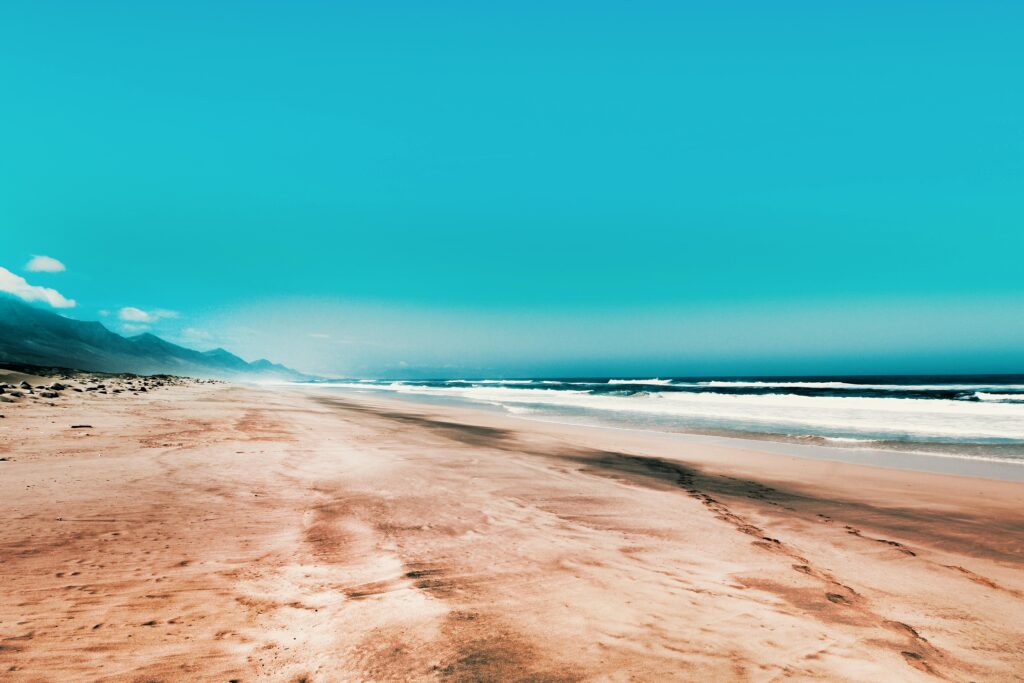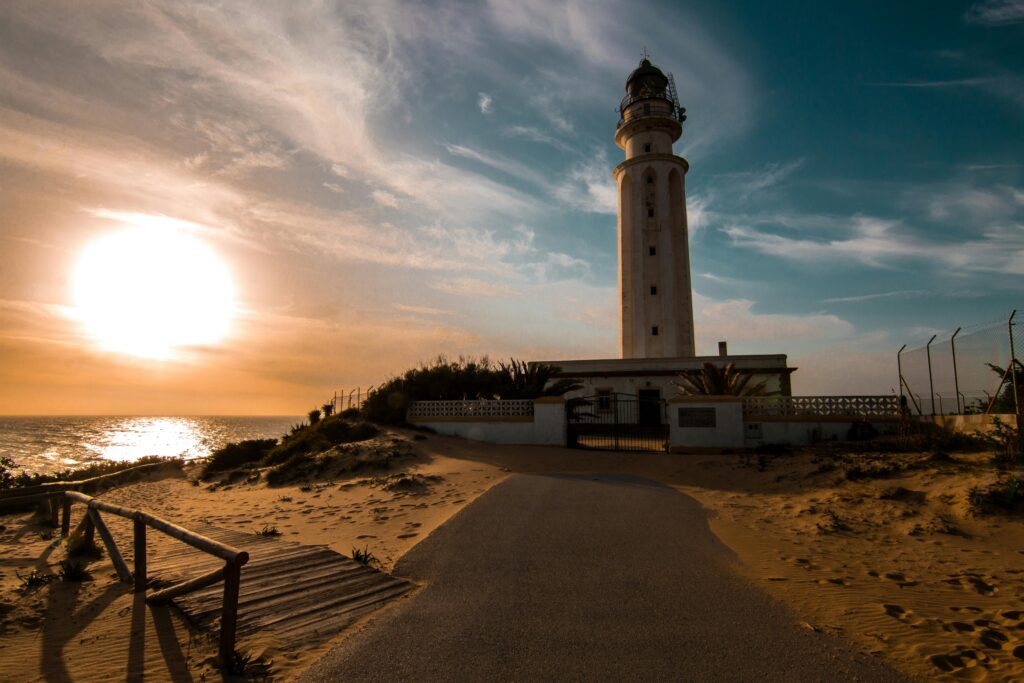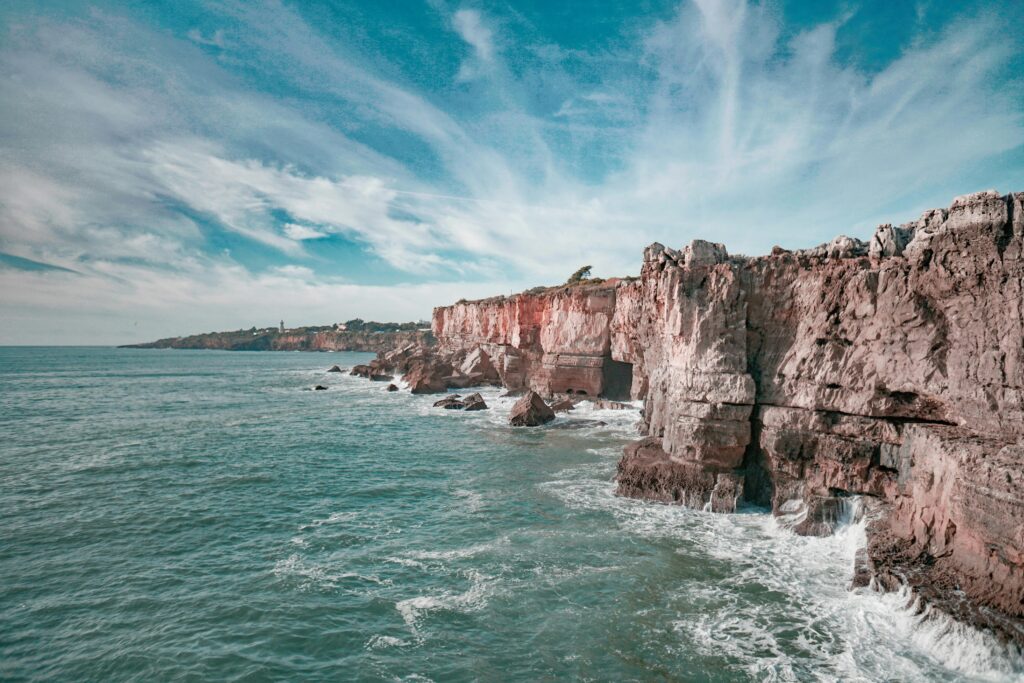Hey there! Vick & Ellie here, and I’ve got to tell you – Spain in winter is like finding a hidden menu at your favorite restaurant. You know it’s good, but wow, the surprises you’ll discover!
Is Spain worth visiting in winter? Absolutely yes – you’ll get fewer crowds, lower prices, and plenty of sunny days even in December through February. While the north can get chilly, southern Spain stays mild, and you’ll find everything from skiing to beach days depending on where you go.
Winter in Spain – The Weather Lowdown
Here’s the thing about Spanish winters – they’re not what most people expect.
The north gets proper winter vibes (think 5-10°C), while the south keeps it mild (around 15-20°C).
And the best part? You’ll still catch plenty of those famous Spanish blue skies.
Quick weather breakdown:
- Northern Spain: Cool and sometimes rainy
- Central Spain: Cold mornings, sunny afternoons
- Southern Spain: Mild and mostly sunny
- Canary Islands: Warm and pleasant (20-25°C)
11 Best Places to Visit in Spain in Winter
Let us walk you through our favorite winter spots – places we’ve actually been to, not just read about online.
1. Bilbao
Winter in Bilbao transforms this industrial-turned-cultural hub into a moody masterpiece of Basque Country.
The iconic Guggenheim Museum reflects the winter light off its titanium curves, creating an even more dramatic sight than in summer, while the streets of the Casco Viejo (Old Town) come alive with the scent of roasting chestnuts and traditional talo.
The winter rain actually adds to the city’s charm, giving you the perfect excuse to hop between pintxos bars and discover why this region is Spain’s culinary powerhouse.
Let us tell you something wild – Bilbao in winter is when this city really shows its true colors.
Why you’ll dig it:
- The Guggenheim Museum without the queues
- Cozy pintxos bars filled with locals
- Proper Basque winter comfort food
- Actually affordable hotel rates
Pro tip: Hit up La Ribera Market on a rainy day. The food scene inside is next level.
2. Canary Islands
The Canaries are Spain’s trump card when it comes to winter sun, offering a perfect escape from the European chill.
We’ve spent countless days hiking Tenerife’s trails under clear blue skies, with temperatures hovering around a pleasant 23°C even in January, making it perfect for combining adventure with beach time.

The dramatic landscapes of volcanic peaks and black sand beaches feel even more spectacular without the summer crowds, and you can actually enjoy them without melting in the heat.
While mainland Europe shivers, we’ve spent many winters in shorts and t-shirts here.
The highlights:
- Tenerife’s beaches are still swimming-friendly
- Gran Canaria’s hiking trails are perfect in winter
- Lanzarote’s volcanic landscapes without the summer heat
- Zero need for winter clothes
3. Barcelona
Barcelona in winter reveals a more authentic side of the Catalan capital that summer tourists never get to see.
The city’s famous landmarks, from Park Güell to the Sagrada Familia, become so much more enjoyable without the crushing crowds, and you can actually take those Instagram-worthy photos without twenty other tourists in the frame.
The mild Mediterranean winter means you can still enjoy outdoor café culture, just with a light jacket and perhaps a warm café con leche instead of a cold cerveza.
Winter in Barcelona? Game changer. Trust us on this one.
Why it works:
- Sagrada Familia without the 2-hour queues
- Las Ramblas when you can actually walk
- Local festivals you’d miss in summer
- Better prices on everything
4. Sierra Nevada
The Sierra Nevada is Spain’s winter sports paradise, offering the unique opportunity to ski while looking out over the Mediterranean Sea.
The resort boasts over 130 pistes across 106km of ski runs, and we’ve found the conditions here rival many Alpine resorts, with the added bonus of generally clear, sunny skies even in mid-winter.
The modern lift system and excellent snow-making facilities mean you can usually ski from late November through to early April, making it one of Europe’s longest seasons.
Here’s something most tourists don’t know – Spain has epic skiing.
What makes it special:
- Skiing in the morning, tapas in Granada by afternoon
- Europe’s most southerly ski resort
- Often sunny while you’re skiing
- Way cheaper than the Alps
5. Cadiz
Winter in Cadiz reveals the true character of Europe’s oldest continuously inhabited city, stripped of its summer tourist crowds.
The ancient streets of the old town become yours to explore, with the sound of Atlantic waves crashing against the seawalls providing a dramatic backdrop to your wanderings.

The winter light here is photographer’s dream, casting long shadows across the yellow-domed cathedral and making the white-washed buildings glow golden at sunset.
Ancient city vibes without the summer sweat? Yes please.
The winter perks:
- Empty beaches for moody walks
- Fresh seafood without tourist prices
- Carnival in February
- Perfect temperature for exploring
6. Malaga
Malaga in winter defies the typical European winter experience with its subtropical microclimate keeping temperatures mild and pleasant.
The city’s palm-lined boulevards and Moorish gardens maintain their charm through the winter months, while the Christmas lights display here is consistently voted one of the best in Spain.
We’ve spent countless December evenings strolling down Calle Larios, mesmerized by the canopy of twinkling lights while enjoying ice cream – yes, ice cream in winter!
Picasso’s hometown does winter right.
What we love:
- Still warm enough for beach cafes
- Amazing Christmas lights
- Winter sunsets over the port
- Perfect hiking weather in the hills
7. Madrid
Madrid embraces winter with a distinctly sophisticated flair, transforming its grand boulevards and historic plazas with dazzling light displays and festive markets.
The capital’s world-class museums like the Prado and Reina Sofia become peaceful havens where you can actually spend time with masterpieces without fighting through crowds, while the city’s famous parks take on a magical quality when frosted with winter dew.
Winter here feels like stepping into a Velázquez painting, with crisp blue skies providing a stunning backdrop to the city’s architectural treasures.
Madrid in winter hits different – in the best way possible.
The good stuff:
- Proper Christmas markets
- Hot chocolate at San Ginés
- Ice skating in the city center
- Museums without the crowds
8. Granada
Winter transforms Granada into a truly magical destination, with the snow-capped Sierra Nevada providing a stunning backdrop to the Alhambra palace.
The contrast of lush palace gardens, terracotta rooftops, and snow-covered mountains creates some of the most spectacular photo opportunities in all of Spain.
We’ve found that winter mornings here start with mist rolling through the narrow streets of the Albaicín, creating an atmosphere that feels straight out of a fairy tale.
Free tapas and snow-capped Sierra Nevada views? Sign us up.
Winter highlights:
- Alhambra tickets actually available
- Cozy tea houses in the Arab quarter
- Ski and beach options nearby
- Magical when it snows
9. Ibiza
Winter strips away Ibiza’s party reputation to reveal its authentic Balearic soul, with empty beaches stretching for miles and ancient villages coming back to life with local traditions.
The island’s stunning natural beauty takes center stage during these months, with crystal-clear waters reflecting winter sunlight and hiking trails through pine forests offering perfect conditions for exploration.

We’ve walked the ramparts of Ibiza Town’s UNESCO-listed Dalt Vila in complete solitude, something unimaginable during summer months.
Forget the clubs – winter Ibiza shows you the island’s soul.
Why it works:
- Empty beaches all to yourself
- Local life in the old town
- Clear hiking trails
- Cheap accommodation
10. Seville
Seville’s winter personality is a revelation, with mild temperatures making it perfect for exploring the extensive historic center without summer’s oppressive heat.
The city’s famous orange trees are laden with fruit during these months, creating postcard-perfect scenes against blue skies and baroque facades.
We’ve spent countless winter afternoons getting lost in the narrow lanes of the Santa Cruz quarter, discovering hidden plazas and tiny tapas bars that locals actually frequent.
Orange trees and winter sunshine – name a better combo.
The winter vibe:
- Perfect temperature for sightseeing
- Local festivals without tourist crowds
- Flamenco shows at their most authentic
- Amazing food markets
11. Santiago de Compostela
Winter in Santiago de Compostela adds an extra layer of mysticism to Galicia’s spiritual capital, with mist rolling around the cathedral spires and quiet rain creating a contemplative atmosphere.
The city’s famous stone architecture takes on a dramatic quality in winter light, while the student population keeps the historic bars and taverns lively even in the coldest months.
We’ve experienced some of our most memorable moments here during winter storms, when the cathedral bells echo through near-empty squares.
Rainy? Sometimes. Magical? Always.
What makes it special:
- Misty medieval streets
- Cozy cafes and galleries
- Fresh seafood season
- Local winter festivals
And if you’re looking to visit some of the best, cheap Christmas Market destinations in Europe, we’ve got you covered! Just click the link and enjoy your budget-friendly travel!
Frequently Asked Questions
Is Spain cold in winter?
It depends where you go. The south stays mild (15-20°C), while the north gets proper winter temperatures (5-10°C). The Canary Islands stay warm year-round.
What should I pack for Spain in winter?
- Layers are your best mate
- One proper warm coat for the north
- Light jackets for the south
- Umbrella (especially up north)
- Swimming gear (yes, really – for heated pools and Canary Islands)
Can you swim in Spain in winter?
In the Canary Islands, absolutely. Mainland Spain? The water’s chilly, but you’ll still see brave souls taking a dip on sunny days in the south.
Where is the warmest place in Spain in winter?
The Canary Islands win this one – temperatures stay around 20-25°C all winter.
So, is Spain worth visiting in winter? After spending multiple winters exploring this incredible country, we can say without a doubt – winter might just be Spain’s best-kept secret. You get all the culture, food, and experiences with fewer crowds and better prices. Just pack smart, choose your destinations wisely, and you’re in for an amazing time.
Pro tip: Mix it up – combine a city break with some winter sun or skiing. That’s the beauty of Spain in winter – you can do it all.
What’s the best time to visit Spain in winter?
December through February offers the full winter experience, with Christmas markets, winter festivals, and skiing opportunities. January tends to be the quietest month for tourism, meaning better deals on accommodation and flights.
Do restaurants and tourist attractions stay open in winter?
Most major attractions operate year-round, though some might have reduced hours during winter months. Coastal resorts might have some closures, but cities and cultural sites remain fully operational with the bonus of shorter queues.
Is it worth visiting Spanish beaches in winter?
Southern beaches and the Canary Islands are definitely worth visiting, with temperatures warm enough for sunbathing most days. While swimming might be chilly on the mainland, beach walks and coastal activities are often more enjoyable in the milder winter weather.
What’s the best way to travel around Spain in winter?
Spain’s high-speed rail network (AVE) operates efficiently year-round and is less likely to face weather disruptions than flights. Rental cars are also a good option, though you’ll want to check weather conditions if heading to mountainous regions.
Are winter festivals worth planning a trip around?
Absolutely! From Three Kings Day celebrations in January to various Carnival events in February, winter festivals offer a more authentic glimpse into Spanish culture than many summer events.
That’s our complete guide to visiting Spain in winter! We hope this helps you plan your perfect winter escape. Remember, some of our best Spanish adventures have happened during the “off-season” – sometimes the best experiences come when you least expect them.
Safe travels!
Vick & Ellie





